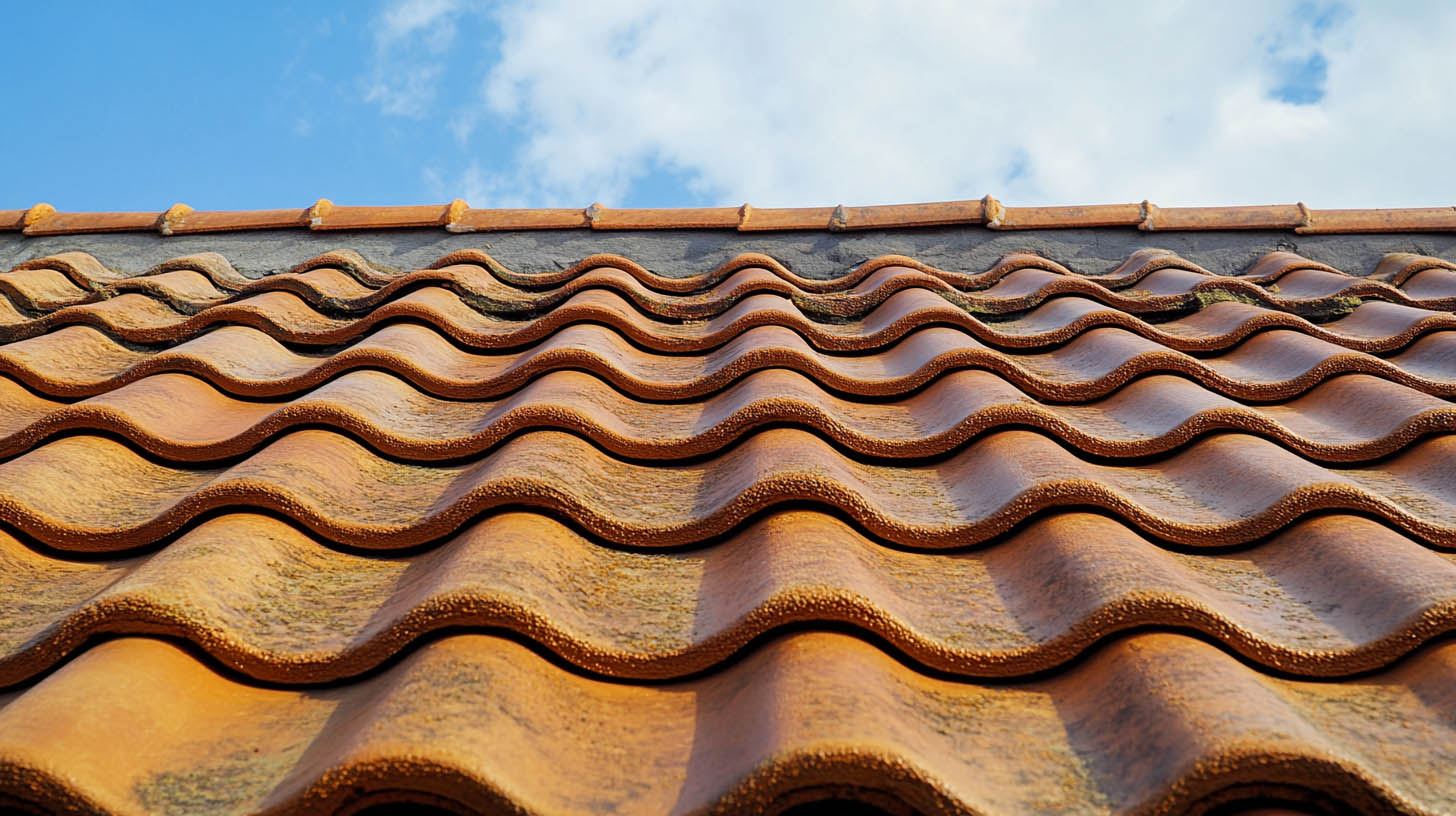
Accurate roof measurements are crucial for determining the number of shingles you’ll need and avoiding unnecessary costs or shortages. This guide simplifies the process, ensuring your roofing project begins on the right note. For expert assistance in Charleston, WV, Rainstoppers Roofing can guide you every step of the way.
Understanding Roof Shingles and Their Importance
Roof shingles are overlapping rectangular pieces that protect your home from elements like rain, snow, and heat. Common materials include asphalt, wood, metal, and slate, each offering unique benefits such as durability, energy efficiency, and aesthetic appeal.
Step-by-Step Guide to Measuring a Roof for Shingles
1. Measure Based on Geometric Shapes
Roofs are composed of simple geometric shapes like rectangles, triangles, or trapezoids. Measure each shape separately for accuracy.
- Rectangle: Multiply the length by the width.
- Triangle: Use the formula (Base x Height) ÷ 2.
- Trapezoid: Use the formula [(Top Base + Bottom Base) x Height] ÷ 2.
Combine these measurements to calculate the total area of your roof.
2. Determine Roof Pitch
The roof pitch indicates the vertical rise relative to the horizontal run. For example, a 5/12 pitch means a 5-inch rise for every 12 inches of run. Use a pitch multiplier to account for the slope when calculating total area.
3. Compute Total Roof Square Footage
Once the total area is calculated, multiply it by the pitch multiplier. For instance, if your roof covers 1,200 square feet with a multiplier of 1.3, the total area is 1,560 square feet.
4. Convert to Roofing Squares
In roofing, one square equals 100 square feet. Divide the total square footage by 100 to determine the number of roofing squares. For example, 1,560 square feet equals 15.6 squares.
5. Account for Waste Factor
Include 10–15% extra materials to account for waste due to cuts, edges, and complex roof sections. For example, if you need 16 squares, purchase enough for 17–18 squares to avoid running short.
Determining Shingle Bundles Needed
Shingles are sold in bundles, with three bundles typically covering one square. Multiply the total number of squares by three to calculate the number of bundles required. For instance, 16 squares would require 48 bundles of shingles.
Key Tips and Best Practices
Divide the roof into sections for easier measurement. Factor in dormers and overhangs, but exclude features like chimneys or skylights. Always round up measurements to ensure you have extra materials.
Unique Fact:
Roof pitch multipliers vary by design. For instance, a gable roof typically has a multiplier of 1.3, while steep, complex roofs may exceed 1.6.
FAQs
1. Why is roof pitch important in measurements?
It accounts for the slope, ensuring accurate material calculations.
2. What is a roofing square?
A roofing square equals 100 square feet, simplifying calculations for materials.
3. Should I measure overhangs?
Yes, overhangs add to the roof area and must be included for accurate measurements.
4. How do I handle waste during installation?
Plan for 10–15% additional materials to accommodate waste and repairs.
5. Can I measure the roof without climbing it?
Yes, you can use digital tools or aerial measurement services for safer options.
Conclusion
Measuring your roof accurately is the foundation of a successful shingling project. By dividing the roof into manageable sections, factoring in pitch, and accounting for waste, you can ensure a seamless installation process.If you want to read a blog about what you need to know about hip roof designs, click here.
